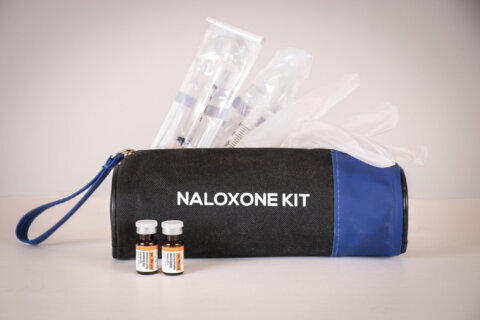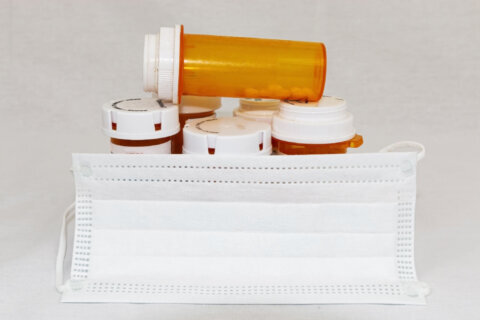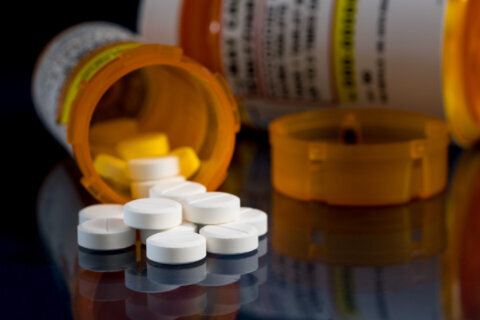This content is sponsored by Emergent Biosolutions.
The United States saw bleak numbers when it came to drug overdoses in the second half of 2020 and the first half of 2021. The continued strain of the pandemic may be one of the contributing factors to the rise in drug deaths, which overwhelmingly come from opioids.
The Substance Abuse and Mental Health Services Administration (SAMHSA) is implementing some new measures under a strategy it started implementing last October in hopes of further educate the public and decreasing the overdose rate.
SAMHSA is providing grants to states to provide fentanyl test strips so people can have better transparency into substances.
“Fentanyl is so strong even it’s a small amount for some individuals can contribute to overdose. The test strips are used as one strategy to identify what’s in the substance,” Miriam Delphin-Rittmon, assistant secretary for mental health and substance use at SAMHSA, said during a discussion sponsored by Emergent Biosolutions. “Often people who are given test strips will be given information about how to access services and support reps, where to go if they if they need help, or even how to connect with a recovery coach.”
From April 2020 to April 2021, the United States saw more than 100,000 overdose deaths, the largest ever recorded. A majority of those, 64%, came from Fentanyl.
Government officials are still reluctant to make causal connections between the pandemic and increases in drug abuse. However, there have been rising at alarming rates.
“We reached a really tragic milestone of over 100,000 overdose deaths from the previous year and this was a 30% increase. So, we’re seeing overdose rates continue to rise,” Delphin-Rittmon said. “What we found in our national survey is that for respondents, about 25.9 million in the past year users of alcohol, and about, 10.9 million respondents who use drugs, within the past year, they reported that they were using substances a little bit more or much more than they did before that. We know in some instances, young people use substances as one strategy of coping. Certainly the pandemic can be contributing to that increase.”
SAMHSA is also focusing on evidence-based treatment as a means of battling the rise in overdoses.
“Our research and data shows that these strategies make a difference or these treatments make a difference. One area that we significantly support is medication-assisted treatment,” Delphin-Rittmon said. “Whether it be methadone or buprenorphine, those medications can help to reduce cravings and can help in terms of relieving cravings and normalizing your brain chemistry and ultimately helping people move into long-term recovery.”
Delphin-Rittmon also mentioned that the government is moving toward a transformation in crisis response. In July, the United States will change its crisis response number to 988, an easier phone number for those in need of help to remember.
“At times 911 is called and that may not be the best resource for folks,” Delphin-Rittmon said. “Now people will be able to call 988 if they’re having a mental health or substance use related crisis. I’m really excited about that a major transformation in how we think about crisis responsiveness for the country.”







